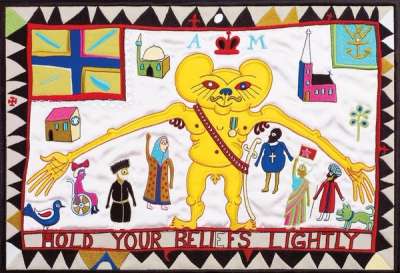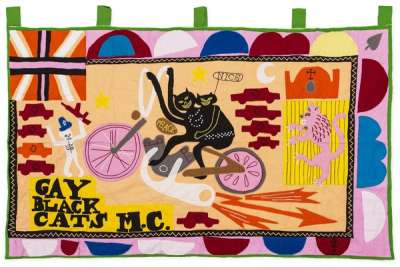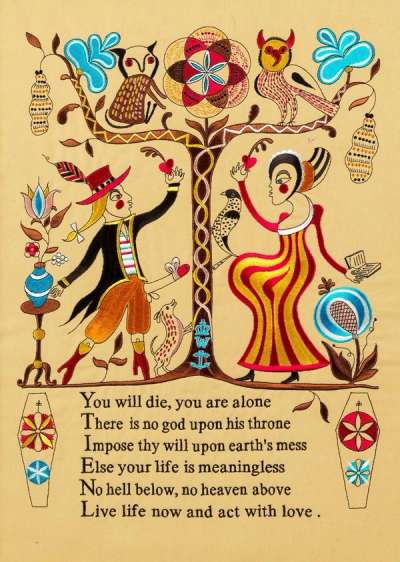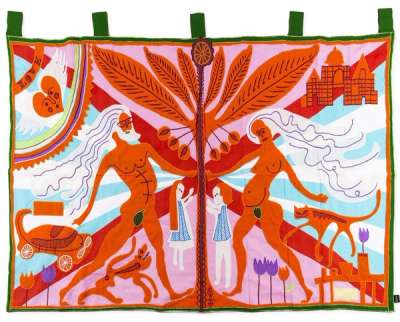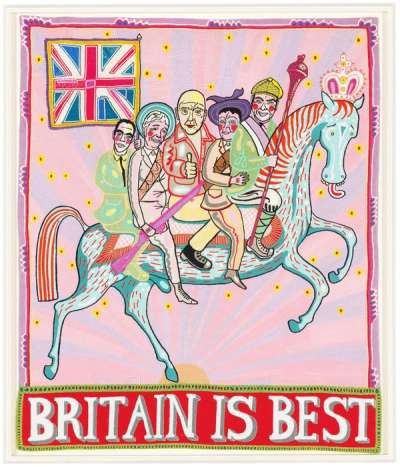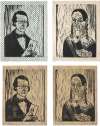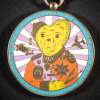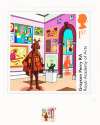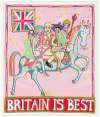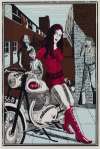Embroidery
Grayson Perry is famed for his large-scale tapestries and colourful woven textiles, drawing attention to the historically overlooked artistry of ‘women’s-work’; this collection brings forward Perry’s passion for textiles on a smaller scale, gathering works that show off his Embroidery multiples. The unofficial series reunites works from over two decades.
Grayson Perry Embroidery For sale
Embroidery Value (5 Years)
Works from the Embroidery series by Grayson Perry have a strong market value presence, with 61 auction appearances. Top performing works have achieved standout auction results, with peak hammer prices of £60000. Over the past 12 months, average values across the series have ranged from £5000 to £8000. The series shows an average annual growth rate of 22.12%.
Embroidery Market value
Auction Results
| Artwork | Auction Date | Auction House | Return to Seller | Hammer Price | Buyer Paid |
|---|---|---|---|---|---|
 Hold Your Beliefs Lightly Grayson Perry Embroidery | 19 Apr 2023 | Bonhams New Bond Street | £2,975 | £3,500 | £4,500 |
 Recipe For Humanity Grayson Perry Embroidery | 17 Nov 2022 | Bonhams New Bond Street | £3,825 | £4,500 | £5,500 |
 Gay Black Cats MC Grayson Perry Embroidery | 6 Jul 2022 | Rosebery's Fine Art Auctioneers | £4,675 | £5,500 | £7,000 |
 Britain Is Best Grayson Perry Embroidery | 10 Sept 2020 | Phillips London | £51,000 | £60,000 | £80,000 |
 Marriage Flag Grayson Perry Embroidery | 22 Jan 2020 | Phillips London | £1,743 | £2,050 | £2,750 |
 Love Plane Grayson Perry Embroidery | 27 Mar 2019 | Forum Auctions London | £595 | £700 | £900 |
Sell Your Art
with Us
with Us
Join Our Network of Collectors. Buy, Sell and Track Demand
Meaning & Analysis
Grayson Perry’s embroidery brings together some of the artist’s most iconic and characteristic woven works. Famous for his tapestries and his love for weaving colourful textiles, this collection of works is a variation of Perry’s larger production and gathers Perry’s passion for needlework. The unofficial series reunites works from the early 2000s to his most recent ones, including a production that spans over two decades.
